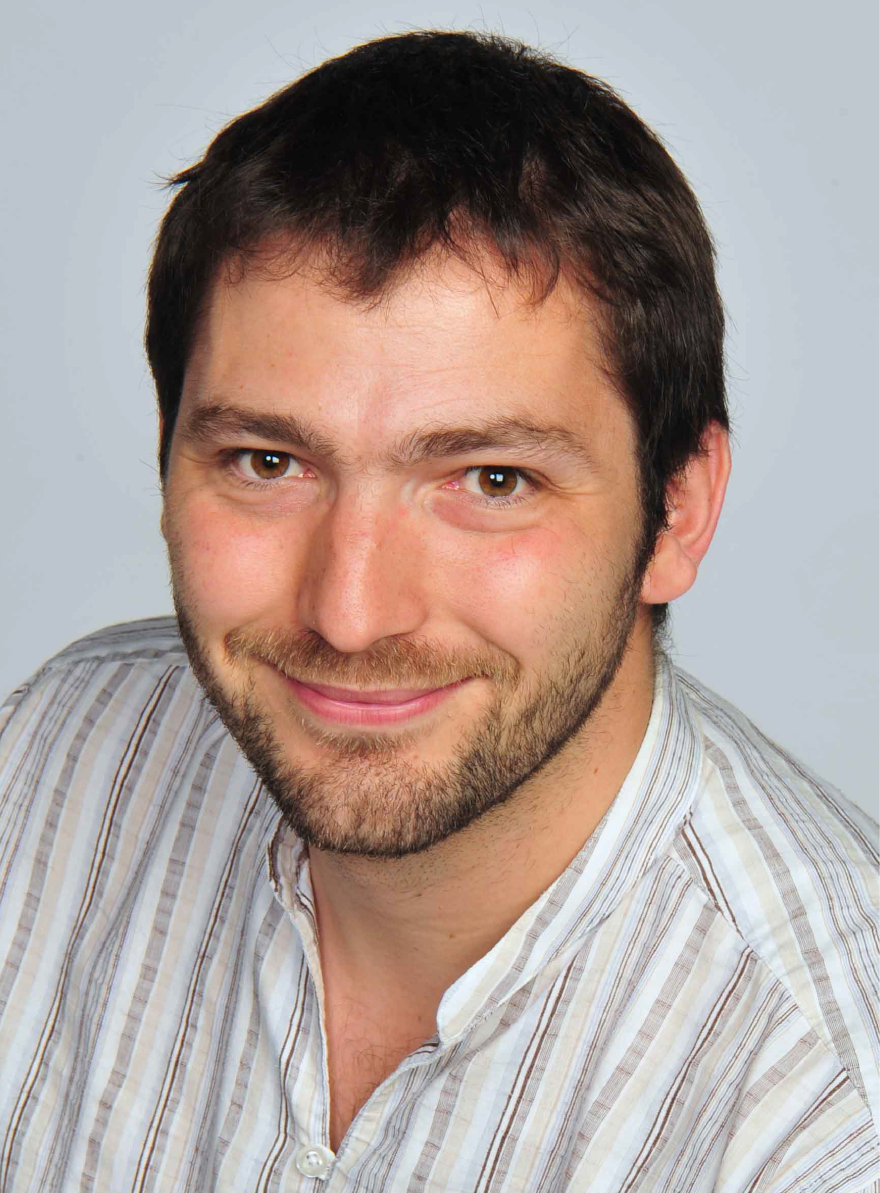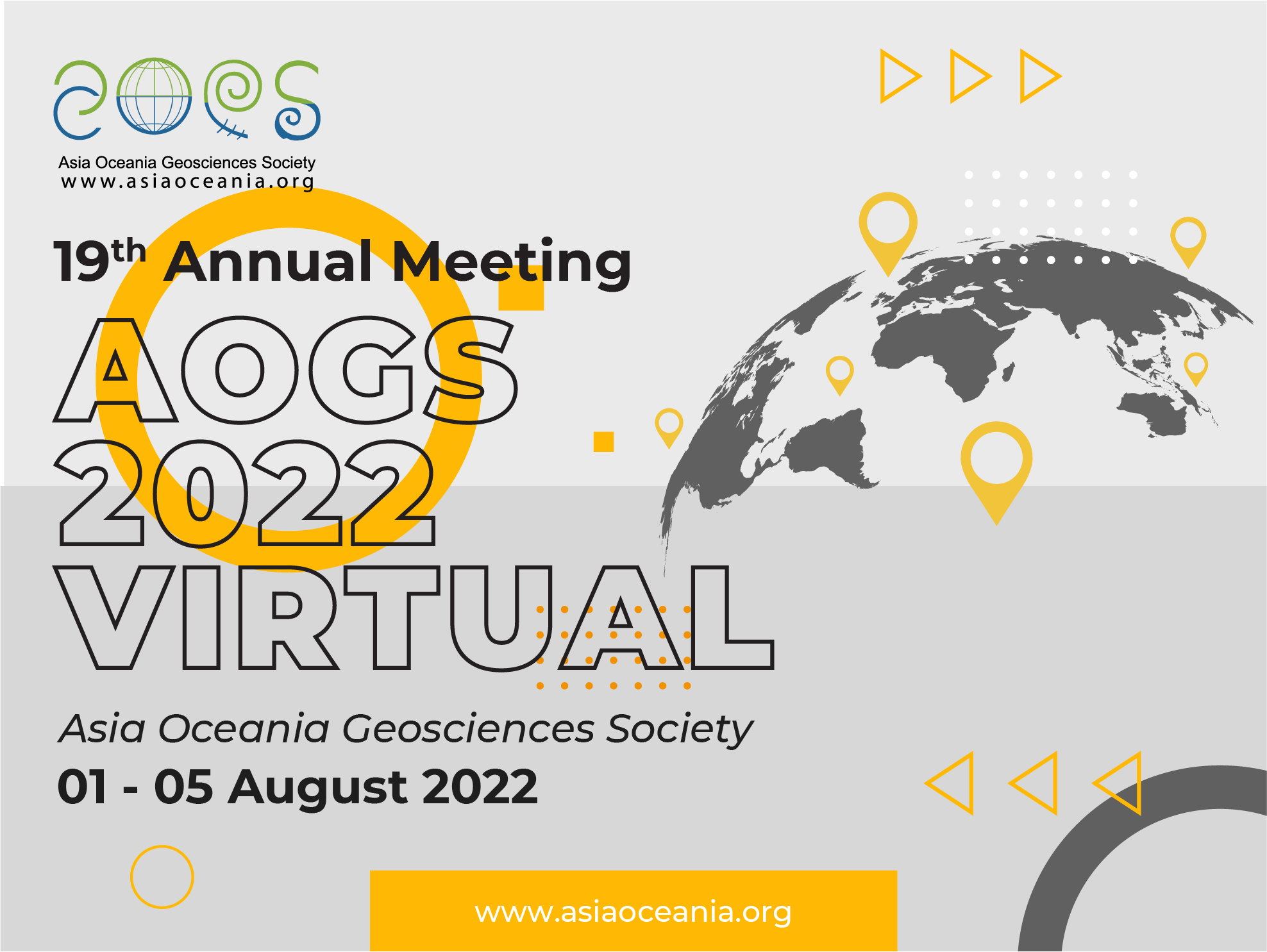
Benoit TAISNE
Program uses Singapore Time and is 8 hours ahead of GMT
Special Session 02 Wed-03 Aug 18:00 – 20:00
What We Can See and What Can We Hear from Faraway?
The eruption from the Hunga Tonga-Hunga Ha’apai volcano on 15th January 2022 sent a shock wave recorded all around the world, a large volcanic plume more than 20 kilometres (km) in the atmosphere, and a tsunami that affected many communities in Tonga and all around the world. There was also strong ashfall locally and reports of damage to infrastructure such as undersea cables vital to communications. The shock wave from the eruption was recorded by many infrasound stations and weather stations in the region. As Singapore is approximately 9,000 km away from the eruption, the signal from this shock wave took about eight hours to reach our sensors and was recorded at around 8:10pm local time the same day. Following the shock wave, the eruption signal lasted for about three hours on our sensors. Moreover, the shock wave travelled in all directions and was so strong that the sensors recorded a subsequent signal on 16 January at 3:31pm local time from the shock wave that travelled the opposite way around the globe.
Benoit Taisne joined the Earth Observatory of Singapore in 2012 as a Principal Investigator within the volcano group and the Asian School of the Environment (ASE) at Nanyang Technological University, where he is now an Associate Professor, and the Associate Chair for research and graduate matters. Benoit was educated in France where he received his BSc and MSc degrees in earth sciences at the University Pierre et Marie Curie and the École Normale Supérieure de Paris in 2004. He also holds an MSc in geophysics from the Institut de Physique du Globe de Paris, where he obtained his PhD in 2008. Prior to moving to Singapore, he was a post-doctoral researcher at the Montserrat Volcano Observatory and at the seismological laboratory of the Institut de Physique du Globe de Paris. Most recently, Benoit received the 2018 Nanyang Education Award (School) and 2020 Nanyang Education Award (college) presented in the highest recognition of his teaching contributions to the University.
Broadly speaking, Benoit is primarily interested in magmatic processes from depth to the atmosphere, with the aim of understanding and integrating the external and internal mechanisms that control the dynamics of magmatic systems. His current research interests include monitoring volcanoes and real-time processing, analogue experiments, and infrasound, with a focus on the volcanoes of Southeast Asia. Within the ASE, Benoit established the magma transport and infrasound laboratories. He set up the very first infrasound-based monitoring network in Singapore and is collaborating with colleagues in and around Southeast Asia to develop infrasound capability in the region in order to further improve the potential to detect and characterise explosive volcanic eruptions.

Benoit TAISNE
Nanyang Technological University
